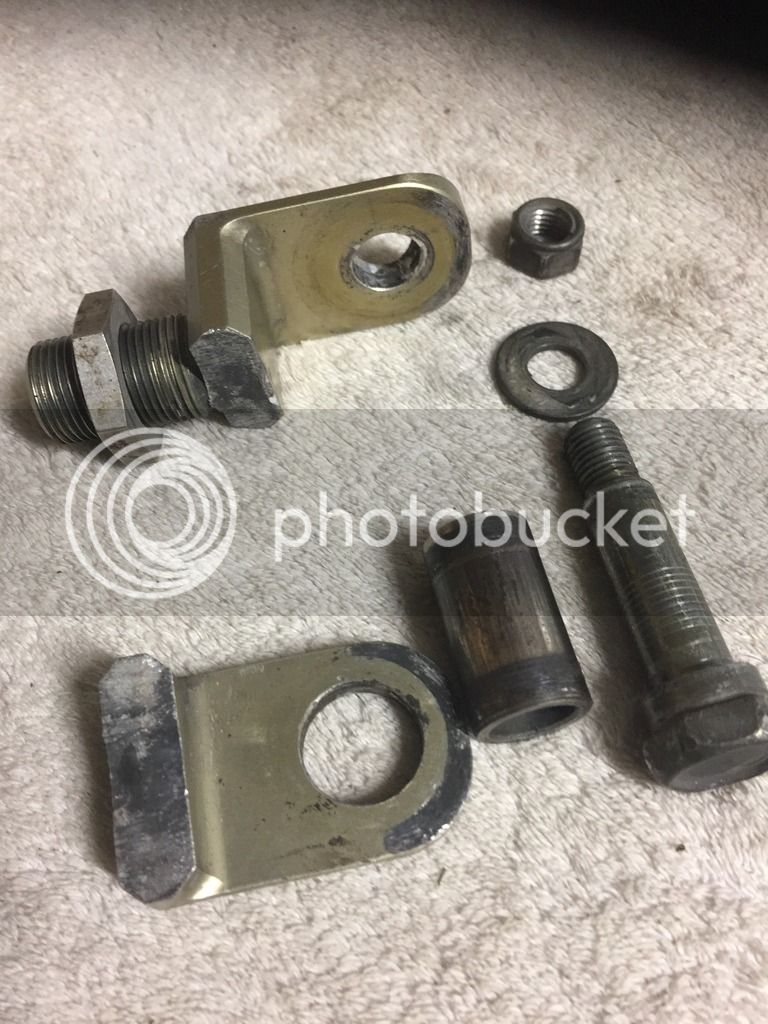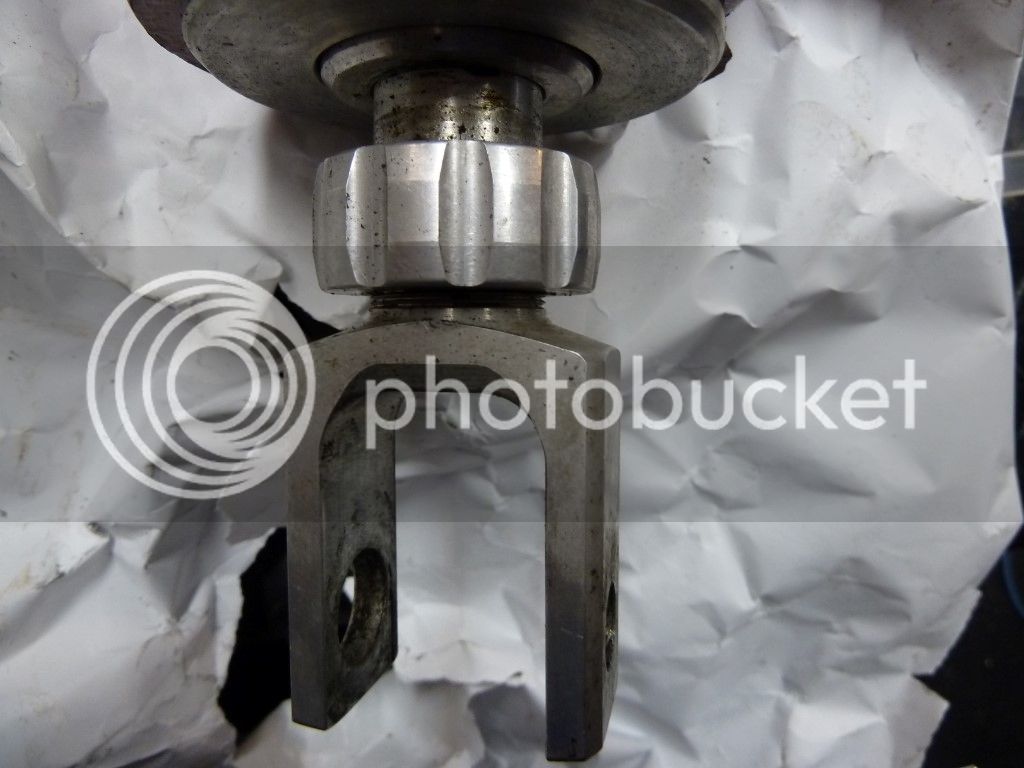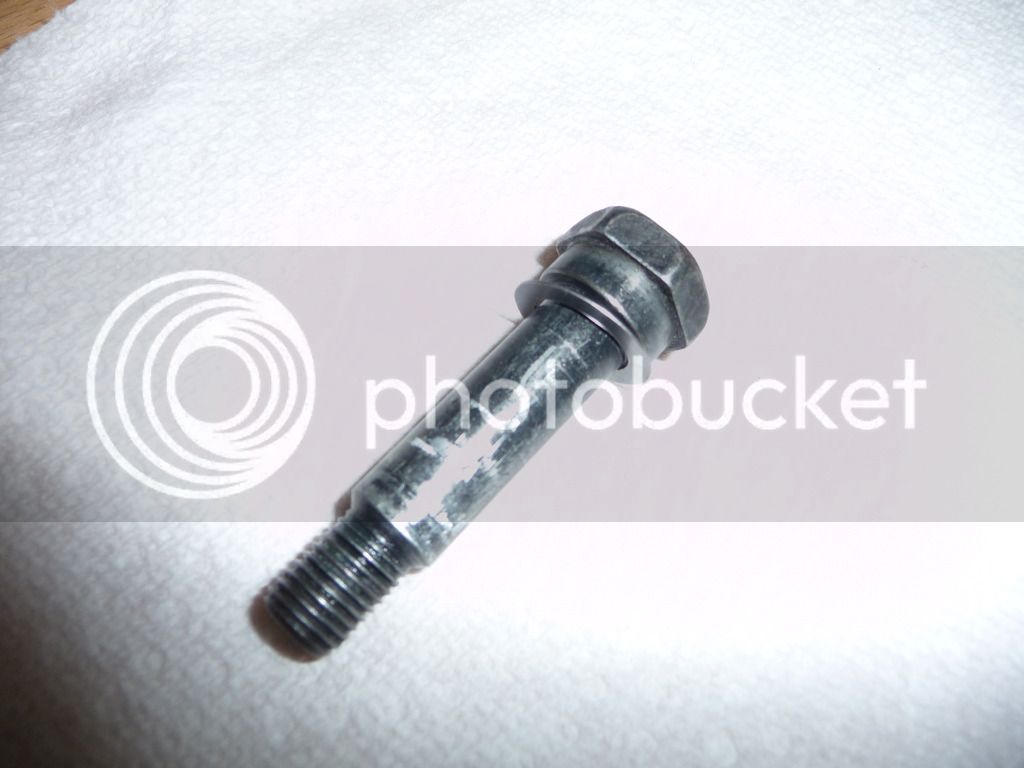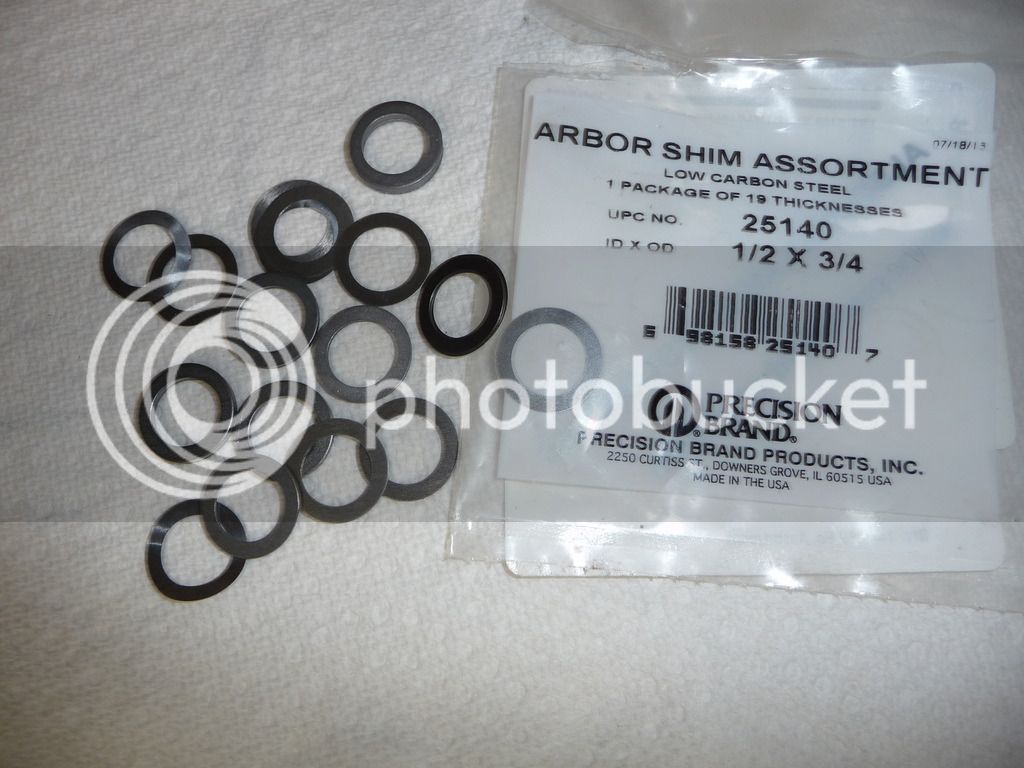Gentlemen
I hate to throw a monkey wrench in this mutual admiration society, but I don't see that bolt as 'the Root Cause' for the failures we are experiencing. It may be adding some stress to the assembly, but I don't see it causing the shearing action we have here.
I see a low production part for a suspension component from a company who's claim to fame is for performance parts in a racing setting. Any competent/winning race team will have serviced these components many times during the course of the racing season. They will have several spare parts and assemblies on hand to meet the demands that competition places on the effort. The mindset for the engineers are directed toward this type of service environment, not the long distance, install and forget about it, oft neglected service environment to be expected in our application.
The term 'Competition Improves the Breed' applies, as we are the beneficiaries of the products spun off in order to finance the effort. The Crucible and the Marketplace go hand in hand here.
Both clevis designs are most likely made from Bar Stock aluminum, Grain direction runs along the length of the bar and is circular within it - like tree rings. The Penski clevis has several design flaws which put it at great risk.
- The wide flat mostly unsupportive bridge design.
- The relatively small diameter threaded post sticking up from this thin, flat bridge joining the uprights.
- The even smaller necked down thread relief and minimal fillet radius formed only by the tool nose radius of a 55 degree insert. (DNMG432 most likely)
- The smallish 1/4 inch fillet radius between the bridge and upright sections, allowing the bridge section to flex a bit under extreme loading - such as the suspension bottoming out.
This was a part designed by a 'Mill Hand' most familiar with prismatic workpieces. The stresses placed upon it by the working load is concentrated directly into the unsupported middle of this design compromised
flat bridge, by its thread relief and small tool nose radius. The shear strength of the material is the only thing counteracting this concentration of force. It will fail given the right circumstances. Aluminum is strong only up to a point, and then failure will be quick and catastrophic. I'm no engineer, but I believe the Modulus of Elasticity has a lot to do with it. Steel would be much more forgiving with this design; and since we aren't using it in a competitive environment, I submit that a change to stainless steel by the manufacturer, Penski, would be the proper fix. The relatively minimal weight gain would be far offset by the reliability of the component.
Contrast that with the RaceTech clevis...
I see a lot more consideration for the shearing forces inherent in a clevis design. A generous fillet radius past the end of the much larger diameter thread, with NO undercut thread relief. The curved shape of the top of the crown forms a cone, which is much stronger than a flat faced structure. Large fillet radii (5/8" minimum from the looks of it) supporting the legs. This crown shape directs the shearing forces outward into the the legs via their generous fillet radius. The surface between the front and side faces is probably the just a clean up pass on the bar itself. Grain patterns are greatly supported in this configuration.
This part was definitely designed by someone with an eye for strength and efficiency.
It is a beautiful thing.
Disclaimer...I am not an engineer, not even trained to be one. I am a Machinist with an eye for these kind of things.
I also stayed in a Holiday Inn sometime in the recent past.
Brodie
Note...
I had a hard time figuring out the Penski because of it's rather prismatic nature. The thread relief gave me the clue, as it yelled out to me that it is a 'turned' feature, not a 'milled' one. It
is quite possible that it started out as a cold sawn block from plate stock and placed in a lathe for the threaded feature, but experience tells me that costs of manufacture would be higher. However,
if it were from plate stock, grain direction would be a factor of which direction it was oriented when cut out. If in line with the axis of the suspension it would be even weaker than if it were across it the wide way - the wide
flat bridge design being the key.







































![Decrum Motorcycle Jacket Men - Mens Leather Jacket | [1100065] Austin Brown, XL](https://m.media-amazon.com/images/I/41HqZSRj6LL._SL500_.jpg)















